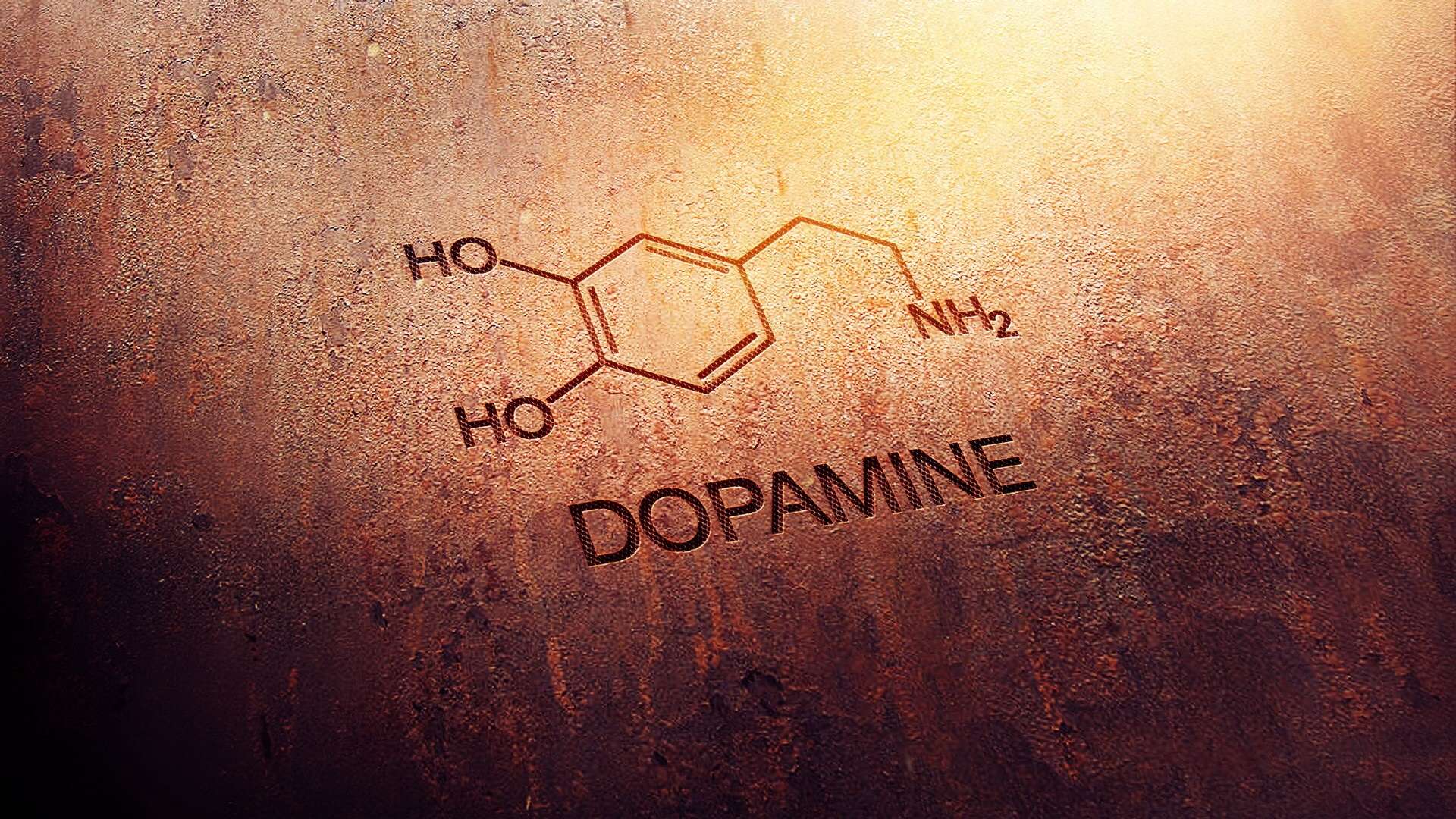
Dopamine Reward in the Organization When you set goals and achieve them, no matter how big or small, a chemical called dopamine is released in your brain. Early research associated this chemical only with pleasure, but now its meaning has become broader due to the new properties of the substance, and its broader focus on the overall emotional state. In particular, it is produced in the body before the reward is received.
The release of dopamine in the brain is directly related to motivation. As you experience this release and the subsequent motivation, you are confronted with the possibilities of the body that pushes you towards your goal. When you are personally trying to motivate people to donate or fundraise, a deeper understanding of dopamine addiction can help you convince supporters to do so. What is Dopamine
Dopamine is a messenger molecule that lives in your brain and helps nerve cells communicate with each other.
There is still a large number of scientific communities conducting research on this issue. Early knowledge of dopamine was only associated with pleasure. However, researchers are finding evidence that dopamine also affects central nervous system functions such as movement, attention, mood, and pleasure. Perhaps most interestingly, dopamine levels are also strongly associated with motivation.
A team of scientists from Vanderbilt University has demonstrated that dopamine has a powerful effect on your willingness to work. They analyzed the results of brain activity, two groups — the first consisted of people willing to work for a fee; the second, on the contrary, did not want to work for a reward. They found that workers had higher levels of dopamine in the areas of reward and motivation. The second group, who were unwilling to work, also had high levels of dopamine, but in other areas of the brain associated with emotion and risk. All these results come down to motivation.
In this case, there are two groups of people who are motivated to release dopamine, but if the first group is motivated to work, then the second group is motivated to stay away from hard work. Dopamine levels are constantly signaling to us how good or valuable the current reward situation is. In this way, the signal works as a cost-benefit analysis and helps people decide how hard they need to work towards achieving the goal. The trick is for you to uncover that part of your supporters that tells them the goal is worth the effort.
Setting Dopamine Pathways
The main feature of dopamine is that it works right before we get the reward. Thus, motivation occurs when your dopamine levels rise, due to the expectation that something important will happen.
The brain can be trained to generate dopamine bursts that can urge you to complete short or long term goals. But initially, you must direct your dopamine pathways to form a permanent, dopamine environment. One way to do this is through the gradual setting of goals and achievements.
Dopamine is generated as a result of new steps towards the goal, as well as the performance of the set work. When it comes to motivating your supporters throughout the campaign, you can try to create a checklist and email it.
When you provide them with achievable and additional goals, you can encourage a constant stream of dopamine-stimulated motivation.
There are also broader ways your organization can create a dopamine response in supporters. Developing a dopamine-friendly environment
In addition to keeping advocates motivated to achieve goals, you can create a shared association in which dopamine thrives on engagement with your brand alone.
University of Michigan researchers Arif Hamid and Joshua Burke use the real McDonald's fast food logo as an image of a calorie-rich reward (meal). Let's take a closer look at this example. People see golden arches that smell like food and think of hamburgers and potatoes.
At that moment, their brains are lit up with dopamine like a Christmas tree. You can work to create a similar feeling among your supporters. When people see your logo, what do they think of?
What do they feel? Like McDonald's, your logo can create dopamine floods in someone's brain that motivate them to partner with your business, or with you personally. Although the «reward» that McDonald's generates is fatty and unhealthy food, the reward associated with your non-profit organization can bring great satisfaction in helping people.
Create a strong bond among your supporters by holding collaborative cases:
Celebrating after a big fundraiser
Personally thanking them for their high performance and work in your company
Giving them a legal copy to work together over the internet
Lighting up the visibility of the receipt donations
Reminding them of the noble cause of giving
Working hard over the years will win them over. Eventually, discovering your own dopamine pathways and your supporters comes down to effort.
How hard and how long are you willing to work to create the right environment for dopamine?
How much can you motivate your supporters to work with you? And if you get stuck on the way, never forget that good old-fashioned perseverance and determination will get you there.
If you liked the article, we recommend reading
- BMW Motorrad with powerful model attack at Moto Expo 2019
- New Mercedes-Benz T-Class: premium small van for an active lifestyle
- Если Вам понравилась статья, рекомендуем почитать
- Opening the mountains again: the Turklub "Sunrise" and the art of outdoor activities
- Choosing a Belgee car: perfect solutions for modern drivers


